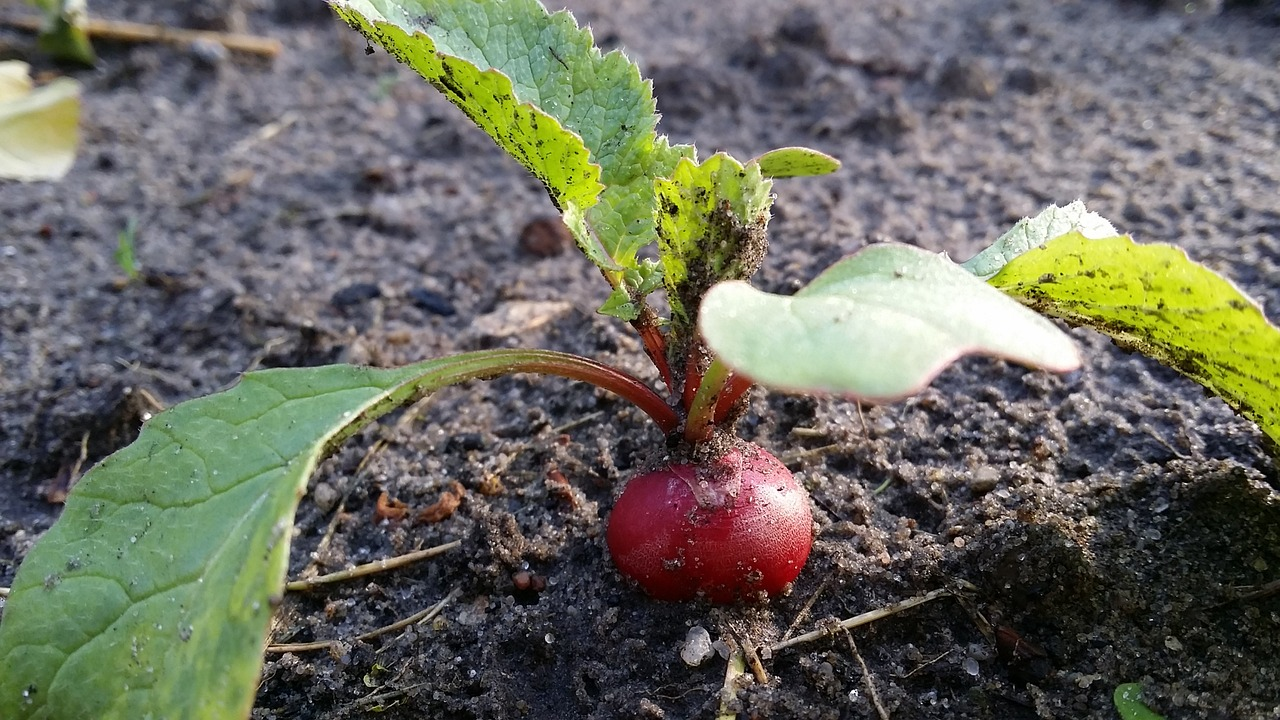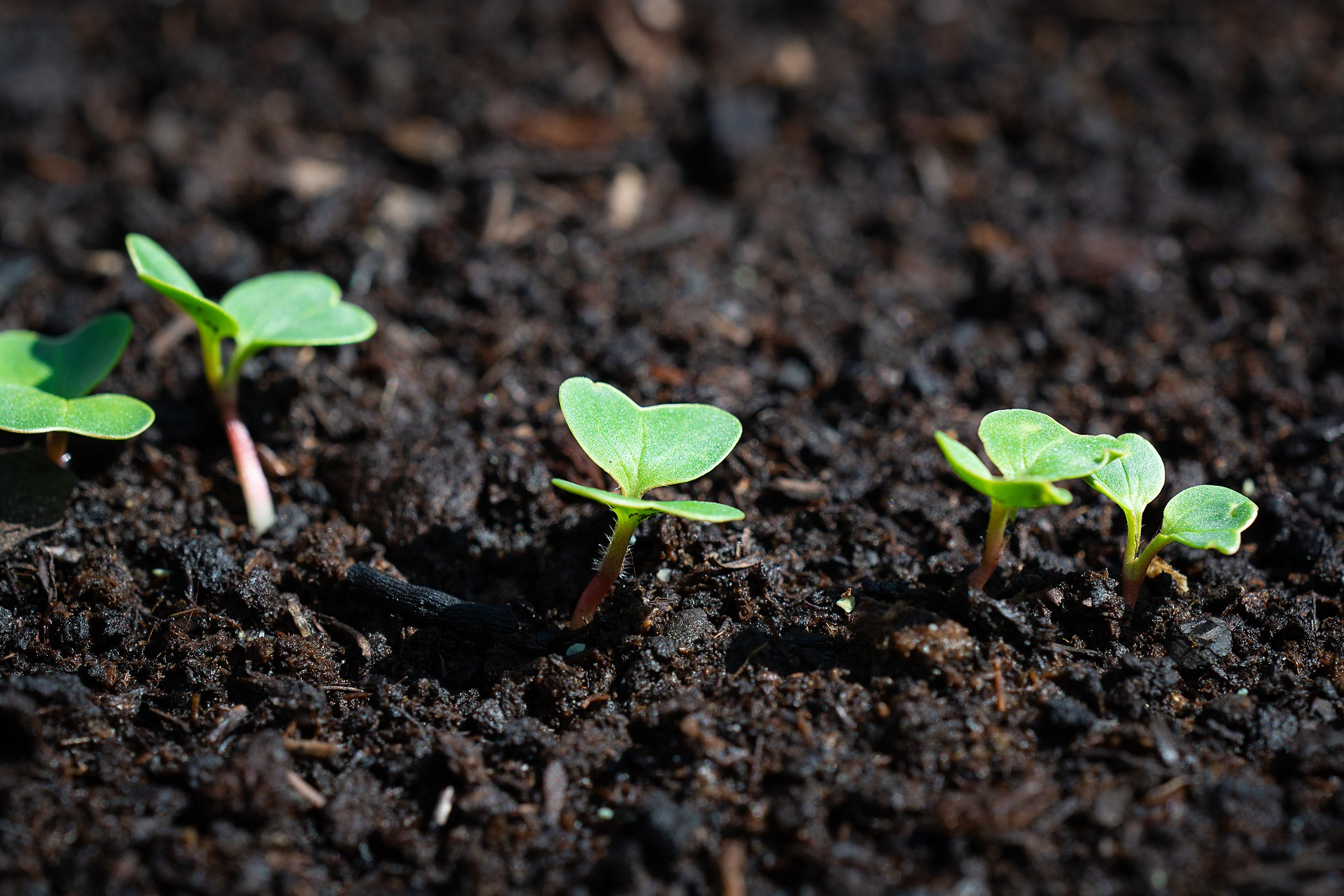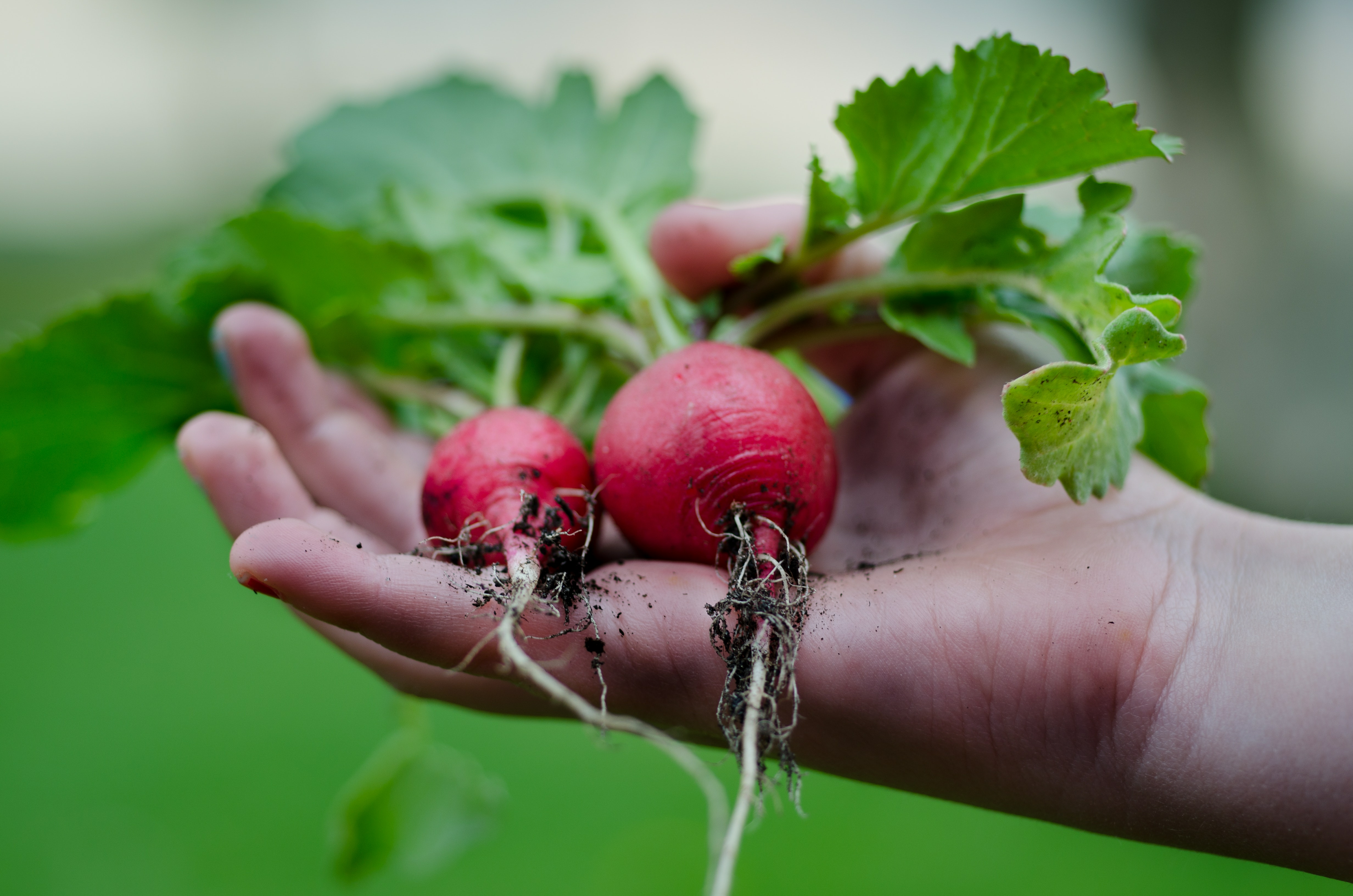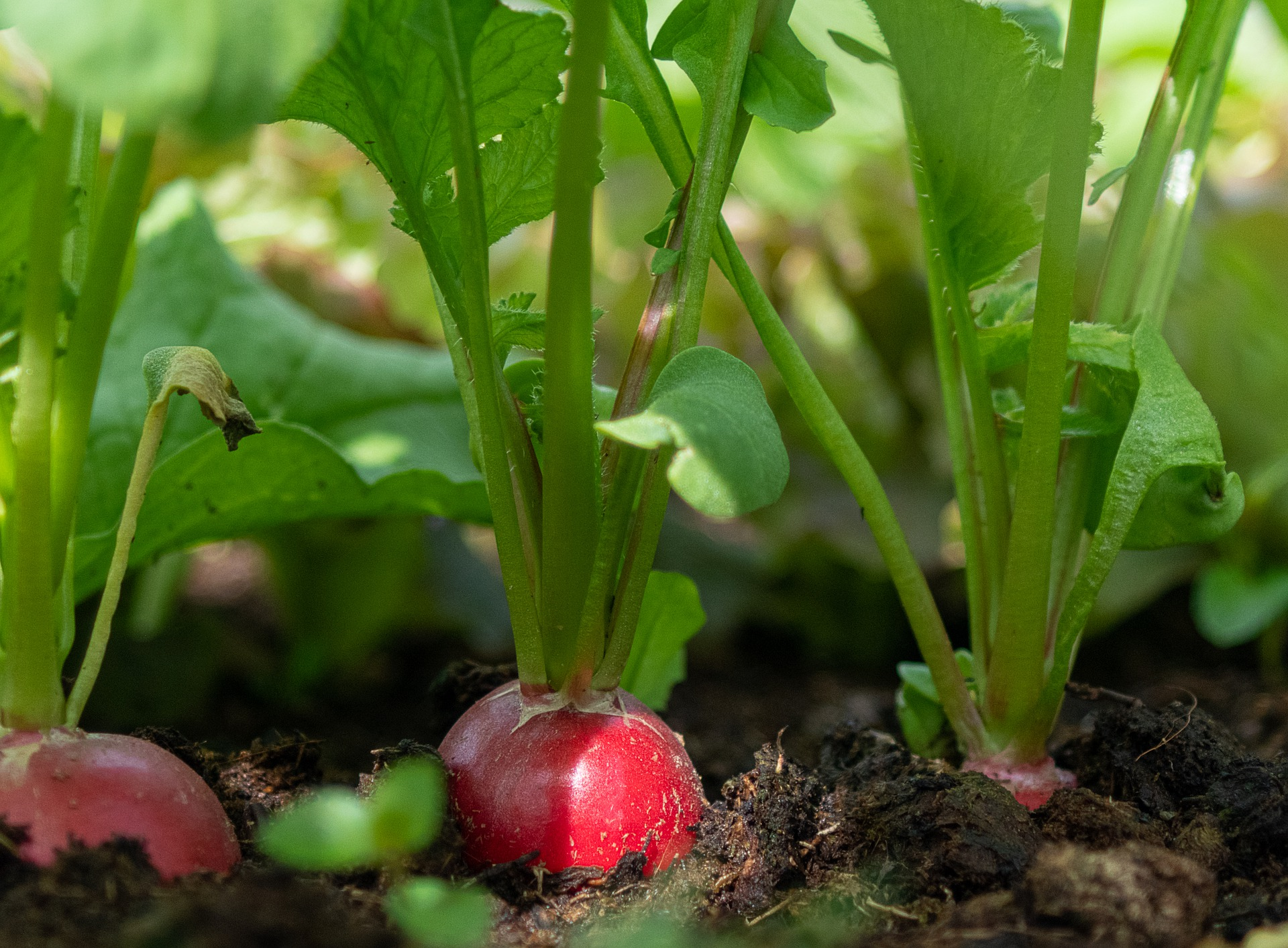Everything about radishes
Tips for care, sowing and harvesting
Radishes can be used in a variety of ways due to their short cultivation period. You can grow them as an intermediate crop or gap filler in a bed or in a pot on the balcony.
General information

As part of the cruciferous family, they are closely related to various types of cabbage and radishes. Radishes are uncomplicated to grow and thrive in almost all garden soils.
Sowing

Radishes are sown directly into the bed or a pot from March to September. As cold germinators, they germinate within a few days at temperatures between 6 - 15 °C.
- Sowing depth: 1 cm
- Planting distance: 3-4 cm
- Row spacing: 10-15 cm
- Location: sunny to semi-shady
Mixed culture

-
Good neighbors: lettuce, spinach, chard, lamb's lettuce, carrots, parsnip, kohlrabi, cauliflower, broccoli, strawberry, tomato, pea, bush bean, runner bean, marigold, cress, oregano, head cabbage, kale, salsify, savoy cabbage, Brussels sprouts, pak choi, Chinese cabbage, soybean, palm kale, postelein, mintuna
-
Bad neighbors: Onions, zucchinis, cucumber, chervil, lovage, spring onion, rocket, turnip, radicchio, Jerusalem artichoke, rutabaga, horseradish
-
Crop rotation: Plants from the cruciferous family should only be grown on a bed every 4 years
Care

- Adequate and even water supply so that tubers do not become furry or woody
- As a weak grower, radishes do not need to be fertilized
- Attach netting against unwanted guests such as cabbage flies, cabbage white butterflies or snails
Harvest

- Radishes are ready to harvest after 4 - 8 weeks (up to 10 weeks in winter)
- don't wait too long to harvest, otherwise they will become furry or woody and lose their flavor
Titelbild von Michaela Wenzler auf Pixabay.

